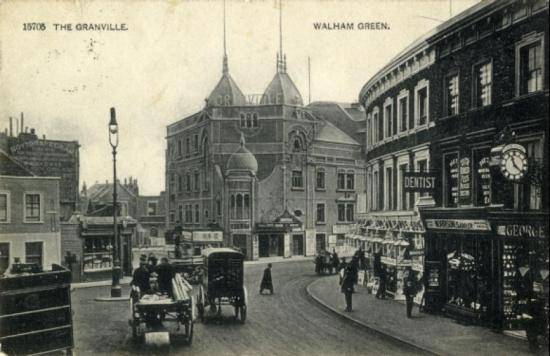With two of Fulham’s matches postponed, I found myself studying one of the many statistical analyses published in the sporting press.
On Saturday 2 January 2021, Robert O’Connor of The Times revealed the identity of ‘the busiest goalkeeper in the Premier League’. No, it was not the Whites’ Alphonse Areola but a fellow Frenchman Illan Meslier (Leeds United). The latter had touched the ball far more times than any other keeper and faced more shots than anyone except West Brom’s Sam Johnstone. Understandably, Meslier had made the most errors – but only one of these led to a goal.
Needless to say, the ever-present Areola was not one of the four most error-prone goalies – he has made few mistakes despite being under constant pressure. It is more surprising that he did not feature among the five keepers making the most touches of the ball, for he is constantly involved in ‘playing from the back’. The fact that he was not in the top five for facing shots reflects credit on Fulham’s much improved defence.
In mid-December, The Times predicted how the Premier table would look following the Christmas fixtures. Cancellations have made it hard to assess the accuracy of those predictions. Liverpool have stumbled but they have not fallen from second to fifth as forecast. They lead the table on goal difference. At the other end the bottom three were expected by the newspaper to lose every game. Though West Brom suffered three heavy defeats they drew with Manchester City and Liverpool, while Fulham achieved three draws from the three games that they were able to play.
The ghost of the Granville Theatre
I have happy recollections of the Granville Theatre, which stood in Fulham Broadway until its demolition half a century ago.

Two particular productions thrilled me – The Ghost Train, in which we heard the phantom express roaring past the trembling actors, and Treasure Island, where one of the characters stood for several minutes with his musket trained on the audience.
Sadly, I missed Anthony Armstrong’s Ten Minute Alibi, which my sister watched with an impressionable friend. At the climax of the play the hero was about to be trapped into confessing to a justifiable (?) homicide. His fate depended on his answer to a seemingly innocent question. There was a pause while the tension built up within the audience. It was too much for my sister’s companion, who shouted out ‘SAY NO’. The actors must have found it hard to continue.
I mentioned the Granville in my survey of places connected with Fulham FC and stated that the theatre was named after Granville Sharp(e), who played a vital role in the abolition of slavery.
This week, someone researching the life and achievements of this great man contacted me to ask if I could supply the source of my information. It made me realise that I had been told this many years ago and had never questioned it.
The H&F Archive, which might contain the necessary information, is closed for now and though the internet supplies plenty of material about the lovely old theatre I have so far discovered nothing about the choice of name.
Granville Sharpe was buried in the churchyard of All Saints Fulham and in 2007 when his monument was sensitively repaired the late John Sheppard’s superb accompanying booklet hailed him as ‘by far the most important historical figure buried in the London Borough of Hammersmith & Fulham’.
It would be good to know, even at this late date, whether the theatre was named in his honour. Does any reader have confirmation (or disproof) of this?
The views expressed in this blog are those of the author and unless specifically stated are not necessarily those of Hammersmith & Fulham Council.
Want to read more news stories like this? Subscribe to our weekly e-news bulletin.

